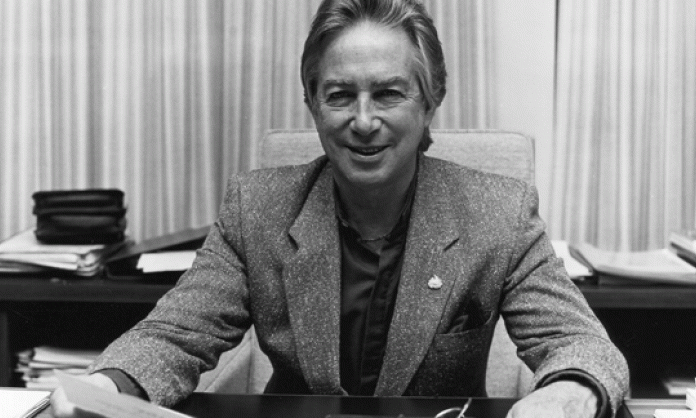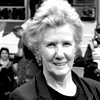The Cold War was a period of victimisation for the Communist Party and its members or sympathisers in Australia. Homosexual men were regarded as particularly susceptible to blackmail or communist influence.
Draconian colonial-era anti-homosexual laws were still in place. The South Australian police force in particular was riddled with people who saw “agents of darkness” in every corner; who saw homosexuals as a threat and civil liberties a direct assault on police integrity. As late as 1977, a national meeting of state heads of the Criminal Investigation Bureaus was told by the South Australian delegate that “our culture is in a state of siege, with every traditional moral standard being put into question”.
Into this environment came a number of people prepared to fight for change. They formed homosexual and civil rights organisations. Some went into mainstream politics. Among the latter was a young Don Dunstan. In his university years, Dunstan had briefly joined the Communist Party. But it was to the ALP that he gave his lifelong commitment. In 1953 he won the state seat of Norwood and launched his political career.
Dunstan’s infamous casual dress code, topped by the wearing of “rose-coloured” shorts, was considered outrageous. But it wasn’t his sartorial sense, or his love of food or even “ambiguous sexuality” that horrified the right. They were more concerned about his determination to reform the police and the electoral system and end legal and social anachronisms such as the laws that targeted gay men, and his campaign to end discrimination against women and Indigenous Australians.
Dunstan joined a party in the process of reform. Dumping the ALP’s White Australia policy was one of his goals, as well as making changes to South Australia’s gerrymander. From his first days in parliament, he singled out the police for comment. When he became attorney general, he set about reforming the force.
He won cabinet backing for homosexual law reform in the mid-1960s, and as premier was instrumental in enabling Australia’s first homosexual law reform in 1972 after the alleged police murder of university lecturer George Duncan. (The bill, however, was flawed as a result of a last-minute upper house amendment.)
In 1975, Dunstan was a force in bringing in groundbreaking amendments to secure equal rights, including age of consent, for South Australian gay men. Equal age of consent was not achieved elsewhere in Australia until the early 2000s.
For all this, he became a target of reactionary forces. Throughout his political life, he was openly linked by police and a compliant media to a variety of whipped-up scandals and running innuendo that ultimately cost him his political career and later employment.
Dino Hodge in Don Dunstan: Intimacy and Liberty, a political biography, outlines all this and more in an unusual but rewarding biography. Hodge spends two-thirds of the book on the period up to and including Dunstan’s time in government, setting the context for Dunstan’s truly pioneering role in homosexual and civil liberties law reform. Instead of the usual titillation, Hodge leaves only a final section to Dunstan’s personal life.
Dunstan did not achieve his reforms alone. It was a time of political change. There were a militant gay liberation movement and a range of gay reform groups active in Australia, all of whom were pushing politicians to get rid of homophobic laws. Nonetheless, he was one of the pioneers.
This biography is a welcome step in unravelling his life and the life of homosexuals in post-World War II Australia.











